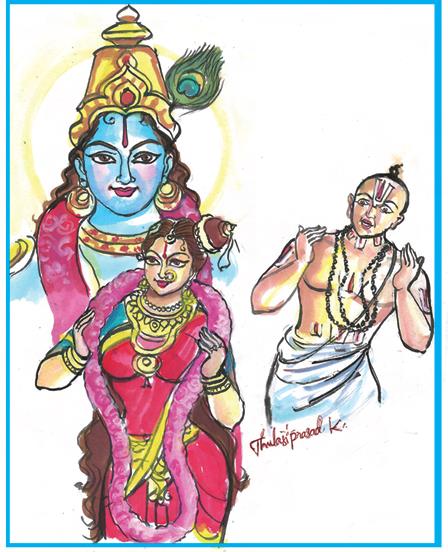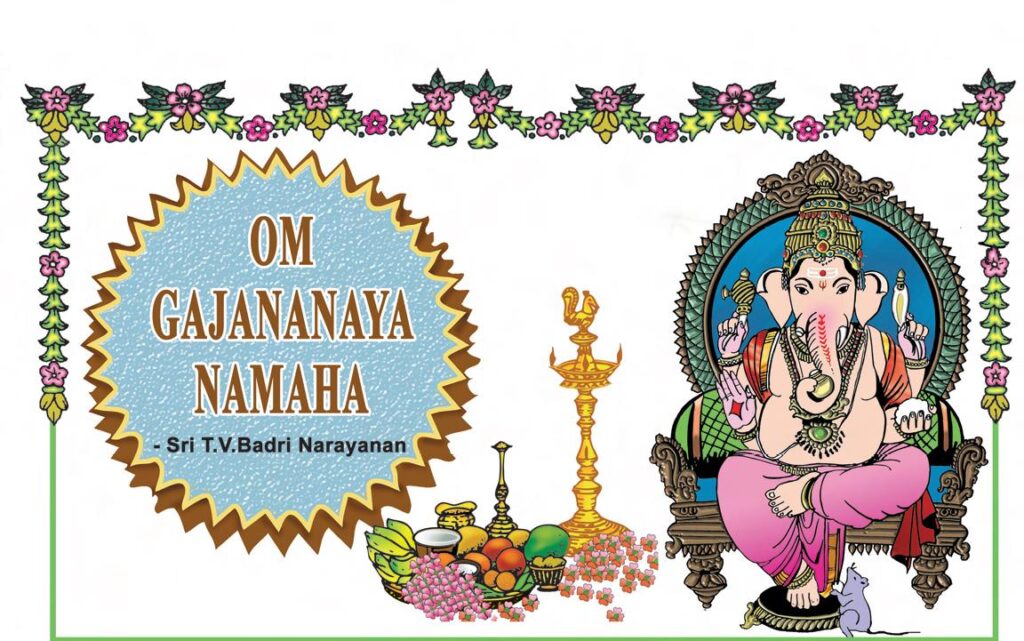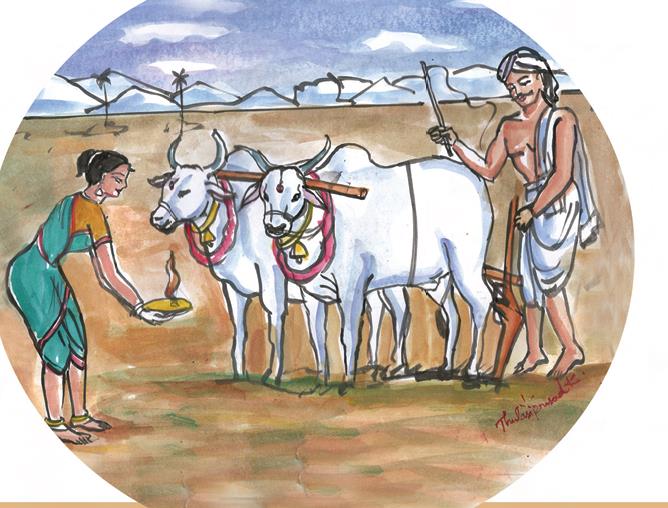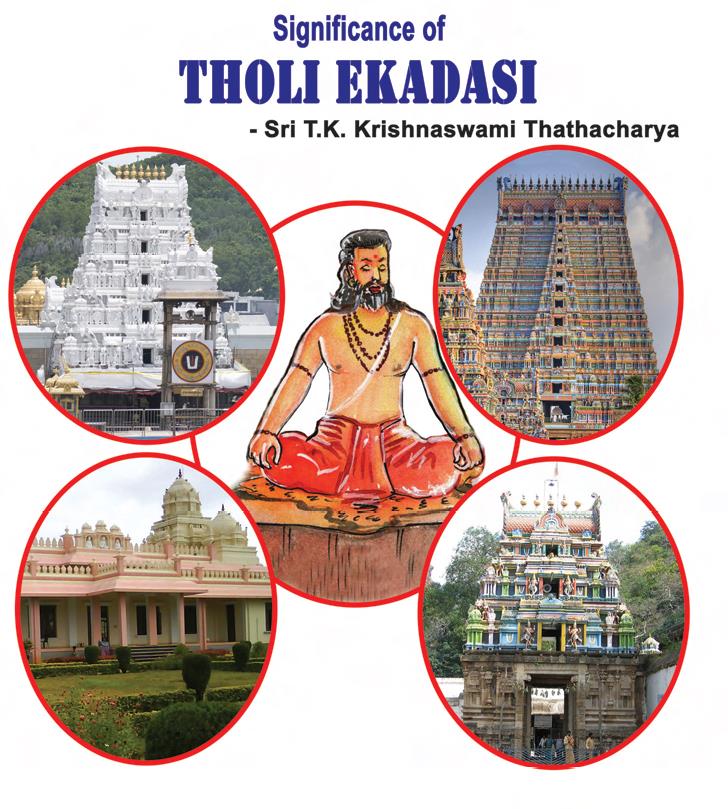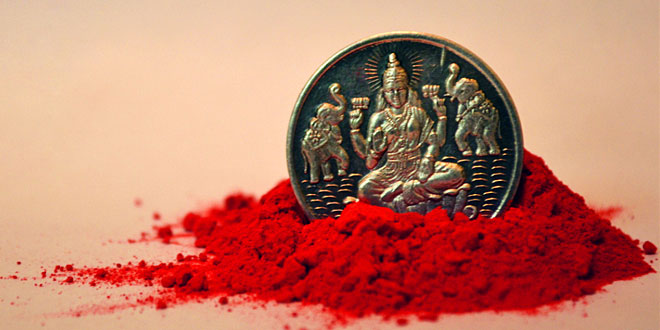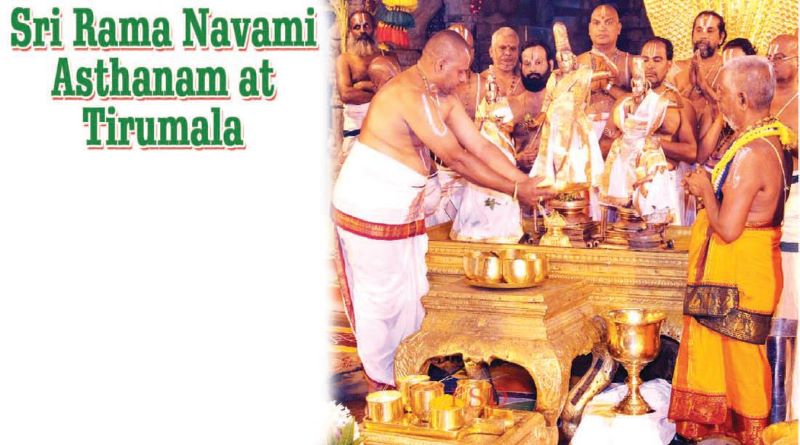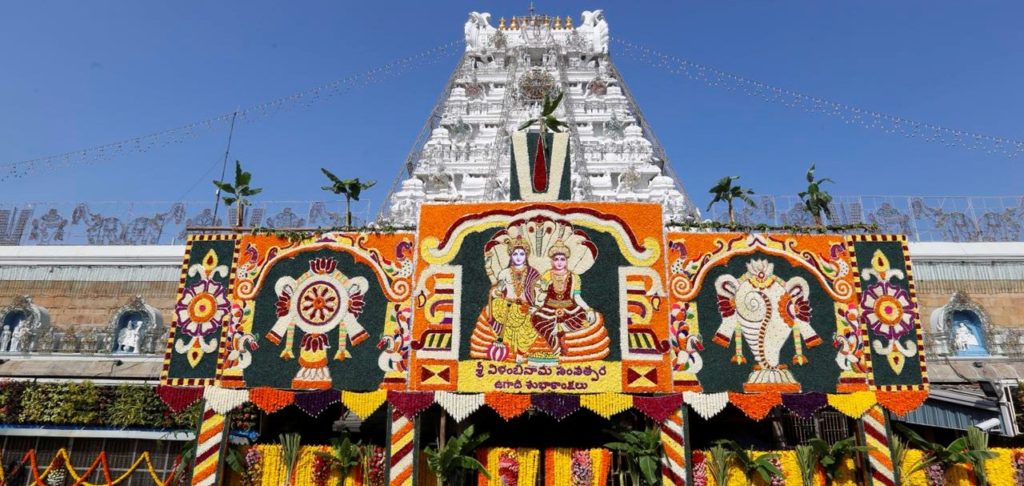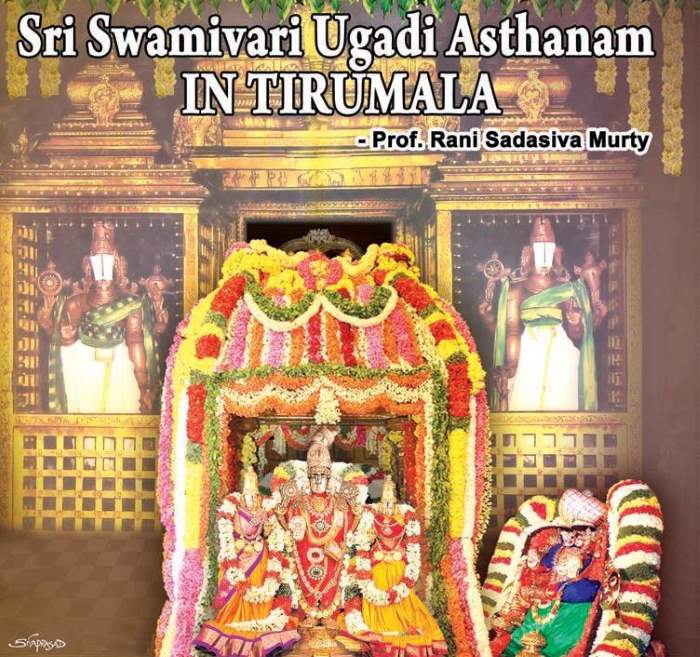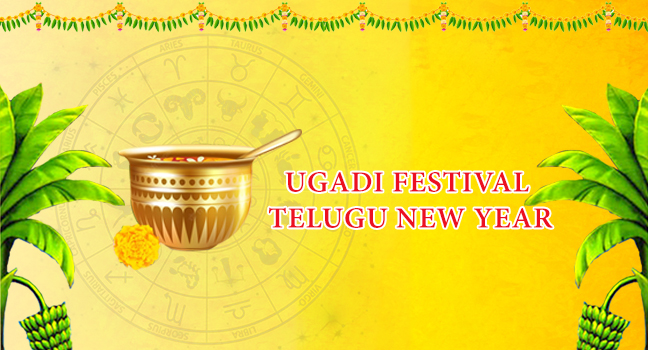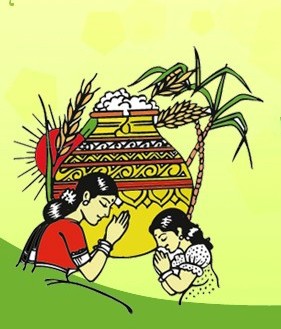Thiruvaadipooram (Birthday of GodaDevi) Goda Devi – Incarnation of Bhumi Devi Goda Devi, hailed as Sri Andal is an incarnation of Bhumi Devi. She was bought up by Perialwar named Vishnuchittar in the temple town of Sri Villiputtur, Tamil Nadu. She is considered one of the 12 Vaishnava Saints known as Alwars who are devoted Read More
Category: Festivals
A festival is an extraordinary event celebrated by a community and centering on some characteristic aspect or aspects of that community and its religion or cultures.
Ganesh Chaturthi / Vinayaka Chaturthi
Ganesh Chaturthi or Vinayaka Chaturthi The festival of Ganesh Chaturthi or Vinayaka Chaturthi as it is called is celebrated across India with people performing puja in various forms to the idol of the elephant-headed Hindu God. Ganesh puja is the first in the list of festivals celebrated in a year, by all Hindus, as per Read More
Eruvaka Pournami – Farmers’s Festival
Eruvaka Pournami – A Festival Celebrated by the Farmers The festival of ‘Eruvaka Pournami’ is celebrated by the farmers every year on a full moon day in the month of ‘Jyeshta’, in the states of Andhra Pradesh, Telangana, and other parts of South India, as a mark of the arrival of monsoon. On this day Read More
Significance of Tholi Ekadashi
Significance of Tholi Ekadashi Tholi (first) Ekadashi is the most auspicious festival of Hindus, mainly the Vaishnavas. On this day the Vaishnavas observe fasting, praying, and singing bhajans of the Lord Mahavishnu. According to the Hindu calendar of all 24 Ekadashis, this Ekadashi is known as Tholi Ekadashi and is the day when the daytime Read More
Akshaya Tritiya: Auspicious Day for Wealth, Prosperity & New Beginnings
Festivals come and go like a seasonal circle with an in-depth connection to the lives of people and act as a driving force that makes them pursue their lives for prosperity and happiness. These set of beliefs and traditions enrooted in a deep sea of scientific facts and phenomena observed by some Elite millions of Read More
Sri Rama Navami Asthanam at Tirumala
Sri Rama Navami Asthanam We are all aware that the Tirumala hill shrine is famous for the most beautiful and life-like icon of Lord Venkateswara. Such is the divine beauty of our Lord, that it so goes in the Venkateswara Sahasra namavali, jagan mOhaka soundarya dharminE namaha|| which means “Salutations to Lord Venkateswara whose beauty Read More
Ugadi – Beginning of Season
Ugadi The word Yugadi or Ugadi is derived from the Sanskrit words Yuga (age) and Aadi (beginning) and it refers to the commencement of a new age. Ugadi or Samvatsaradi is the New Year’s Day for the people of Andhra Pradesh, Telangana, Karnataka and Maharashtra States in our country. It is celebrated with all festivity Read More
Ugadi Asthanam in Tirumala
Ugadi Asthanam Ugadi Asthanam is the first of all kinds of festivals and celebrations offered to Sri Tirumala Sri Venkateswara Swami at Tirumala for the full length of a year. This takes place on the first day of the Chaitra masa according to Lunar Calendar. The Daily ritual of Srivari Koluvu which is performed every Read More
Ugadi – Telugu New Year
UGADI ‘U’ means Joy, Shiva and Vishnu. ‘Ga’ means movement and acquisition. Time will move on with the command of Lord Srimannarayana. The Chakra (wheel) in the hands of the Lord is Kalachakram – Time wheel. The Lord said in Gita “I am solely responsible for Shrusthi, Sthithi, Laya (Creation, Existence and Destruction) of the Read More
Kanuma – A Festival for cattle
Our beloved Bharatvarsha is a land of ancient Vedic practices and a rich heritage emulated globally. We are in an agrarian country where we revere the fundamental points of agriculture. Our animal stock forms a veritable fulcrum. In our ‘Sanatana Dharma’, there are many scientifically proven rituals that are dedicated to nurturing our livestock. Among Read More
